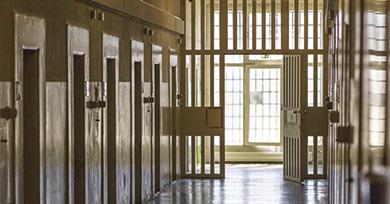Breadcrumb
- Home
- Search a publication
- Analysis of drugs in sewage: an approach to assess...
In the 2000s, a new method was developed for estimating psychoactive substance use: testing drug residues in sewage. Ten or so years later, this innovative method, sewage epidemiology, is now applied in numerous countries.

The objective of this memo is to present:
Testing the water is an internationally renowned approach that leads to an objective estimation of illicit drug use in a given population area, varying in size depending on the chosen sampling point. This method evidently has some biases, and the results obtained are merely a reflection of the situation at a specific moment in time and does not provide data on the prevalence of use or user profile. However, it has the advantage of allowing illicit substance use to be mapped, in terms of the quantities used and type of substance, according to different geographical sectors. Comparing these findings with the economic and social data in the regions studied, together with the possibility for monitoring use over time appear to be relevant applications of this approach, to help manage prevention action and harm reduction measures related to illicit drug use.
The objective of this report is to present an initial feasibility study conducted in three prisons in France, in the specific context of a university research project initiated in 2015 in a prison setting. The first results, together with the difficulties encountered, the limitations and ethical considerations will be developed in order to generate all of the aspects necessary to understanding and interpreting these types of analyses.